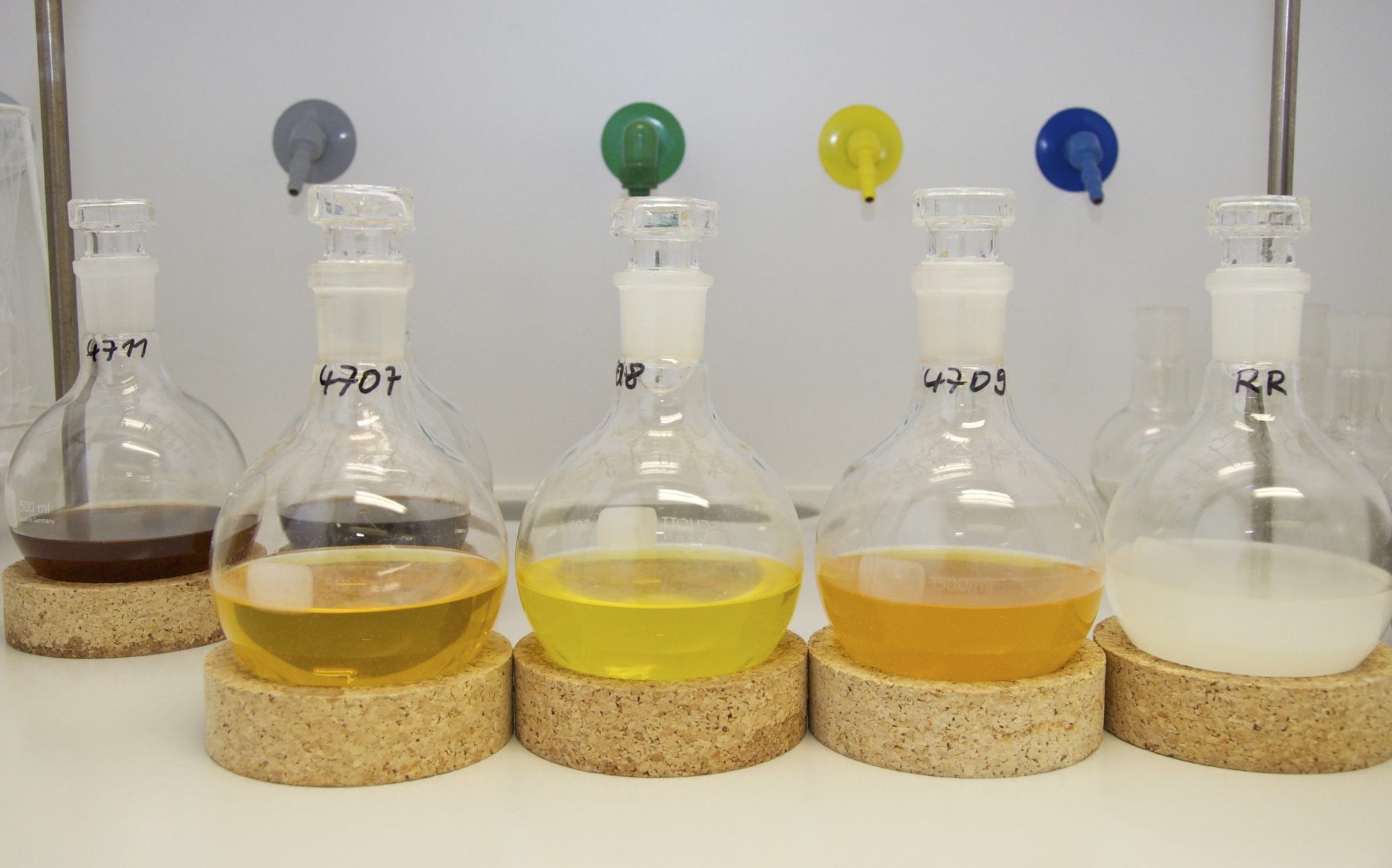SARA 313
Since 1987, US manufacturing facilities have been obligated to track the manufacture, processing, and use of certain chemicals under EPA’s Toxic Release Inventory (TRI) program, authorized under SARA Section 313.
Learn More

In addition to reporting requirements associated with permit obligations, mill environmental staff have duties to report the production and environmental releases of certain substances under federal programs such as the Toxic Substances Control Act (TSCA), Superfund Amendments Reauthorization Act (SARA), and Comprehensive Environmental Response, Compensation, and Liability Act (CERCLA) in the US and the Canadian Environmental Protection Act (CEPA) in Canada.
Resources prepared by NCASI to support members with these reporting obligations are provided here.
Chemical Reporting
Since 1987, US manufacturing facilities have been obligated to track the manufacture, processing, and use of certain chemicals under EPA’s Toxic Release Inventory (TRI) program, authorized under SARA Section 313.
Learn More
In the late 1990s, Canadian authorities authorized a chemical manufacture and release reporting program covering more than 300 substances. This program is similar, but not identical, to the SARA 313 program in the US. In 1999, NCASI created handbooks and other resources to assist Canadian members with these reporting obligations.
Learn More
EPA’s TSCA program requires manufactures to report the production of certain products on a four-year cycle. While cellulose is exempt from reporting, 16 other substances derived from pulp and paper manufacture may be reportable. NCASI has published a handbook and other materials that are invaluable resources for facilities required to…
Learn More
Both the Comprehensive Environmental Response, Compensation, and Liability Act (CERCLA) and the Emergency Planning and Community Right to Know Act (EPCRA) have reporting obligations for short duration and annual releases of hazardous or extremely hazardous substances in an amount greater than the “reportable quantity.” NCASI has created resources to assist…
Learn More
The TSCA CDR Handbook assists pulp and paper mills or wood products plants in meeting periodic reporting obligations under the Toxic Substances Control Act (TSCA) Section 8(a) Chemical Data Reporting (CDR) Rule.
Learn MoreThe SARA Handbook is maintained to assist Member Company personnel with responsibility for preparing annual SARA Section 313 Form R reports.
Learn MoreThe NPRI Handbook contains substance-specific information sheets for compounds that have some likelihood of exceeding NPRI reporting thresholds at pulp and paper mills and wood products facilities in Canada.
Learn MoreOn October 31, 2023, the U.S. Environmental Protection Agency (EPA) published a federal register notice implementing changes to reporting of…
Learn MoreNCASI hosted this webinar to go over revisions made to the SARA Handbook for Pulp & Paper Mills in May 2019.
Learn MoreThe presentation covered TRI basics, including chemical identification, threshold calculations, and release reporting.
Learn More